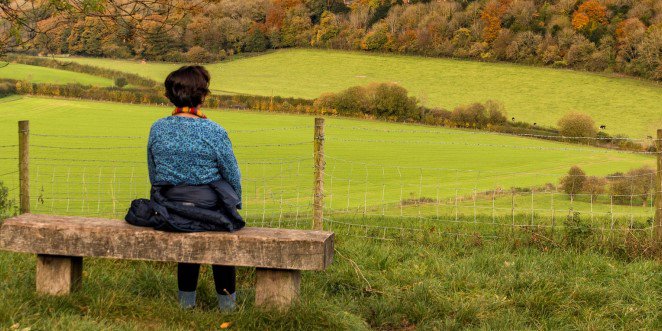Rights of way improvement plan 2020 to 2030

Assessing the Public Rights of Way Network
The public rights of way network was looked at closely to understand how well it meets the needs of the public. This showed that:
- The Chilterns Area of Outstanding Natural Beauty (AONB) has the highest density of rights of way. Each person living in the AONB has the longest length of PROW per person.
- People living in south Buckinghamshire (south of the AONB) have the shortest length of PROW per person. This is because there are more people living in a smaller area.
- In north Buckinghamshire each person has a slightly greater length of path than the average for the county.
- There is a slightly higher percentage of bridleways, restricted byways and BOATs in the AONB and south of the AONB. In northern Buckinghamshire there is a slightly lower percentage of these types of paths.
Horse riders, cyclists, carriage drivers and motorised vehicle drivers can only use some types of public rights of way.
There are some areas where these types of routes don’t join up well. This means that these users have to use or cross roads. These roads can sometimes be busy.
The paths for these users is better connected in the Chilterns Area of Outstanding Natural Beauty (AONB) and less connected in north and south Buckinghamshire. In south Buckinghamshire the major road network also creates barriers for these users. Connections from north to south throughout the county are also poor.
There are other places where people can access nature, such as country parks and woodlands. In the Chilterns AONB there are:
- many woodlands
- National Trust land
- Forestry Commission land
- CROW Act access land
These places in the AONB are also important for people living close to, but outside, the AONB.
There is less accessible woodland in north Buckinghamshire and there are no country parks. Aylesbury lacks larger accessible greenspace.
In south Buckinghamshire there is a fair supply of woodland and accessible natural places, including Buckinghamshire’s three country parks. However, these sites must provide access for a large, and growing, population.
There are also several cycle routes across the county, including sections of Sustrans’ National and Regional Cycle networks. There are also other cycle routes,. although, most of these routes are not public rights of way.